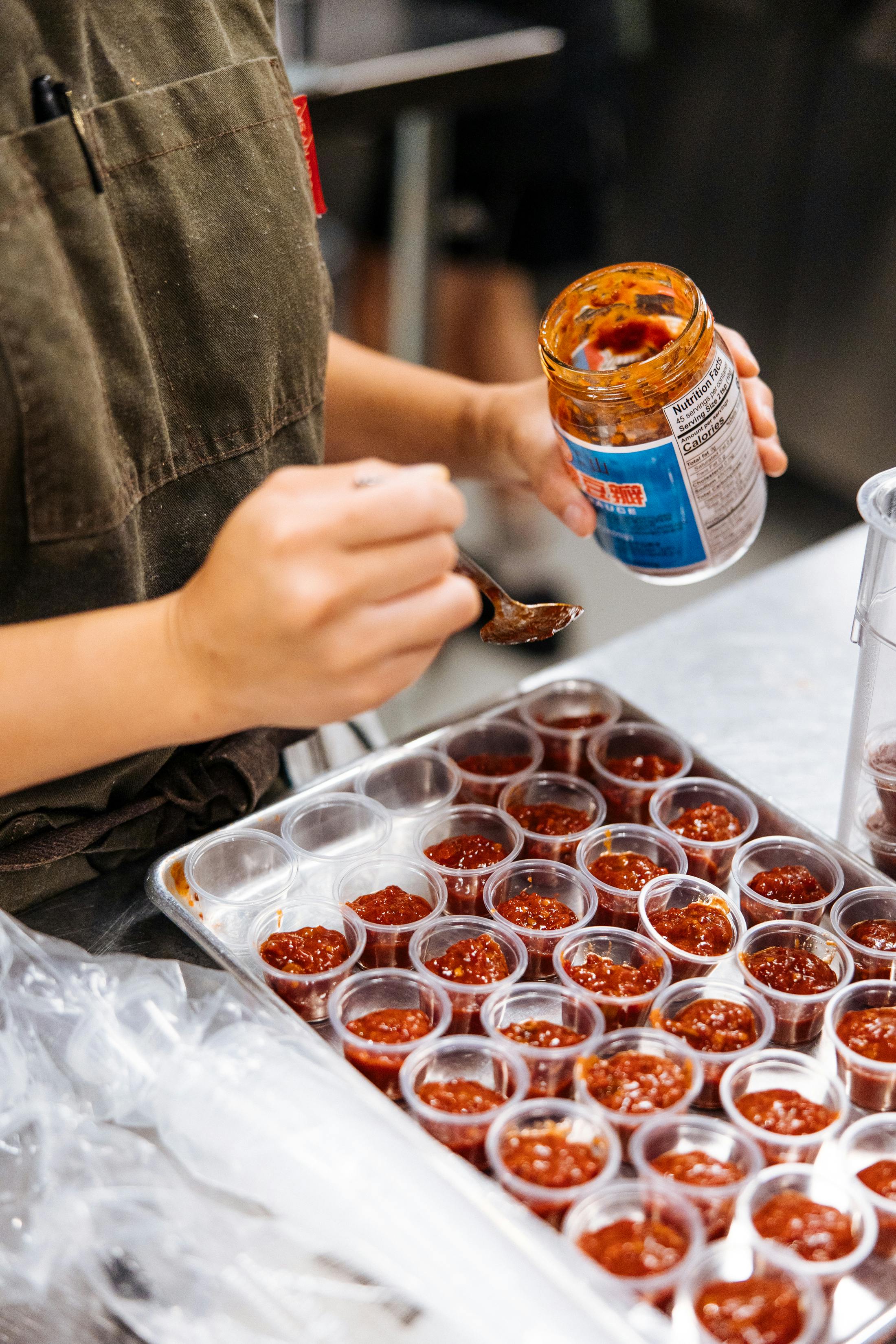Over the years, the rate of advancement and adaptation within the food and beverage sector has been slow, to say the least. This is reflected by the consistency in consumer tastes, preferences and activities. The different F&B genres were kept within their defined boundaries, with fine-dining traditionally served within an often expensive and luxurious restaurant setting, and convenience-based foods were often cheaper and had alternative options for consumption and distribution. The lack of innovation is most probably a result of the lack of a need to transform the sector. Changes tend to materialise when there is a need and, until recently, there hasn’t been one.
Within Australia, some alternative food distribution includes food technology firms such as Deliveroo, UberEats, DoorDash, Easi and Menulog. Whilst these couriers did not transform the industry, they did complement the current system of serving food behind a counter within a physical outlet. Even when they were operating, pre-pandemic, their operations were niche and limited.
However, the pandemic changed the F&B industry entirely, creating a large rise in the interest for ‘CloudKitchens™’ and embracing the use of food technology. Before the pandemic, CloudKitchens™ had found its feet in the meal plan world, helping customers stick to certain dietary schemes with food delivered each day. However, under the pandemic, the peaking of public intrigue into these alternative options, likely means that CloudKitchens™ delivery-only kitchens are not going away any time soon – even after the virus subsides.
What is a CloudKitchens™ delivery kitchen?
In effect, these are large-scale food production kitchens that mass-produce consumable food in high quality and cost-efficient manner. Most restaurants do not possess their own domestic food delivery systems, instead of relying on the previously mentioned courier and delivery services provided by other firms to reach their customers.
CloudKitchens™ delivery-only on the other hand, focus predominantly on their virtual dining experience. They utilise food delivery, either partnering with third-party courier services or handling it themselves to reach their (often very loyal) consumers directly. This has the advantage of cloud kitchen firms avoiding paying for expensive real estate for in-house dining and frontline staff having to deal with customers. As a result of delivery mitigating these factors; this increases their profit margins significantly.
What’s driving so many people to open their own CloudKitchens™ delivery kitchen?
To be frank, this is largely a result of changing routines caused by the coronavirus in Australia. Consumerism took a huge hit following government measures on social gatherings in public and private areas, and fewer people choose to dine out as a result. Consequently, dine-in areas have been left desolate and devoid of customers, as individuals favour cooking at home, or ordering takeaways online via the food delivery services.
Restaurants that failed to adapt to this new norm swiftly found themselves in financial difficulty. This made it essential for restaurants to change their operations so they can stay afloat in the industry. However, this was not without its drawbacks. For many restaurants, this was their first time switching to the new and digitalised world of food technology and found themselves with efficiency and cost-related issues as a result.
Over time, as restaurants became familiar with the new proceedings in place, they recognised that CloudKitchens™ delivery-only kitchen provided an exciting opportunity to complement their in-store dining and expand their operations. With lower cost expenditure and commitments than that of in-store dining, cloud kitchens are a bargain. Additionally, the longevity of COVID and the likely permanent changes to people’s habits means that cloud kitchens are the only rational option for F&B businesses wishing to maintain their scale and grow.
What are the advantages of CloudKitchens™ delivery-only kitchen?
As aforementioned, CloudKitchens™ delivery-only kitchens are often found to be a highly economical alternative to in-store dining. But why exactly is this the case?
- The direct costs associated with operating a delivery kitchen is a little under $40k AUD, rather than the $50-600k AUD of a physical dine-in restaurant.
- A reduced team and less land associated rent mean that the overall operating costs of delivering food are drastically reduced.
- There are fewer logistics issues associated with waste management, as the customer deals with these issues themselves.
- An opportunity for greater and more rapid return on investment is possible depending on scale and operability.
- It’s possible to fulfil more orders than previously as a result of the more systematic and organised kitchen arrangements that integrate modern food technology.
- You can further expand your virtual brand with assistance from other delivery kitchen distributors like Chef Collective.
Concluding thoughts
Our daily livelihoods are in every aspect changed following the onset of the virus. It’s also likely that the consequences of this will continue to affect us long into the future. Nowhere else is this felt more than in the places we eat; delivery kitchens are surging in popularity for firms wishing to expand their F&B operations. As an alternative to physical dining, they are a fantastic adaptation to how the pandemic has changed the F&B industry. Additionally, they offer firms a more efficient food delivery proxy they may use long after the pandemic subsides. Essentially, the only limitation of these revolutionary CloudKitchens™ delivery kitchens is the number of consumers who place orders online with your restaurant.
Marketing is a solution to increase the number of virtual customers to your business. Restaurants that were not previously known by consumers for their dine-in venues have been forced to introduce new marketing campaigns, usually via digital means. This may have an emphasis on constructing or redesigning their online presence or website, managing new digital marketing campaigns, high-quality photoshoots for their food-related products, and many more.
Should you wish to know more about CloudKitchens™, be sure to fill in the form below to get in touch with the team at Chef Collective today. Let us support you in building your new food technology enterprise that will thrive despite how the pandemic changed the F&B industry!




